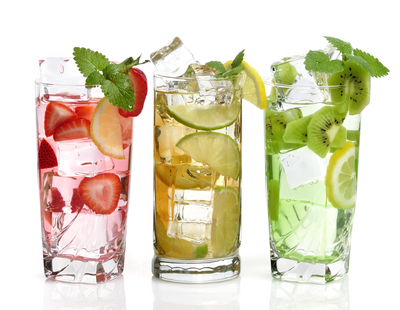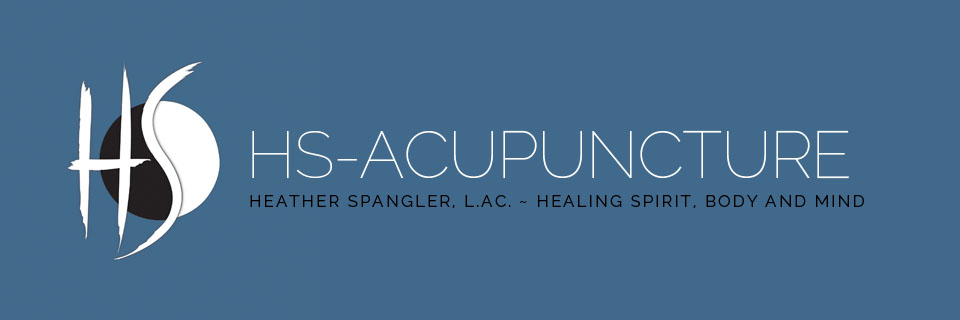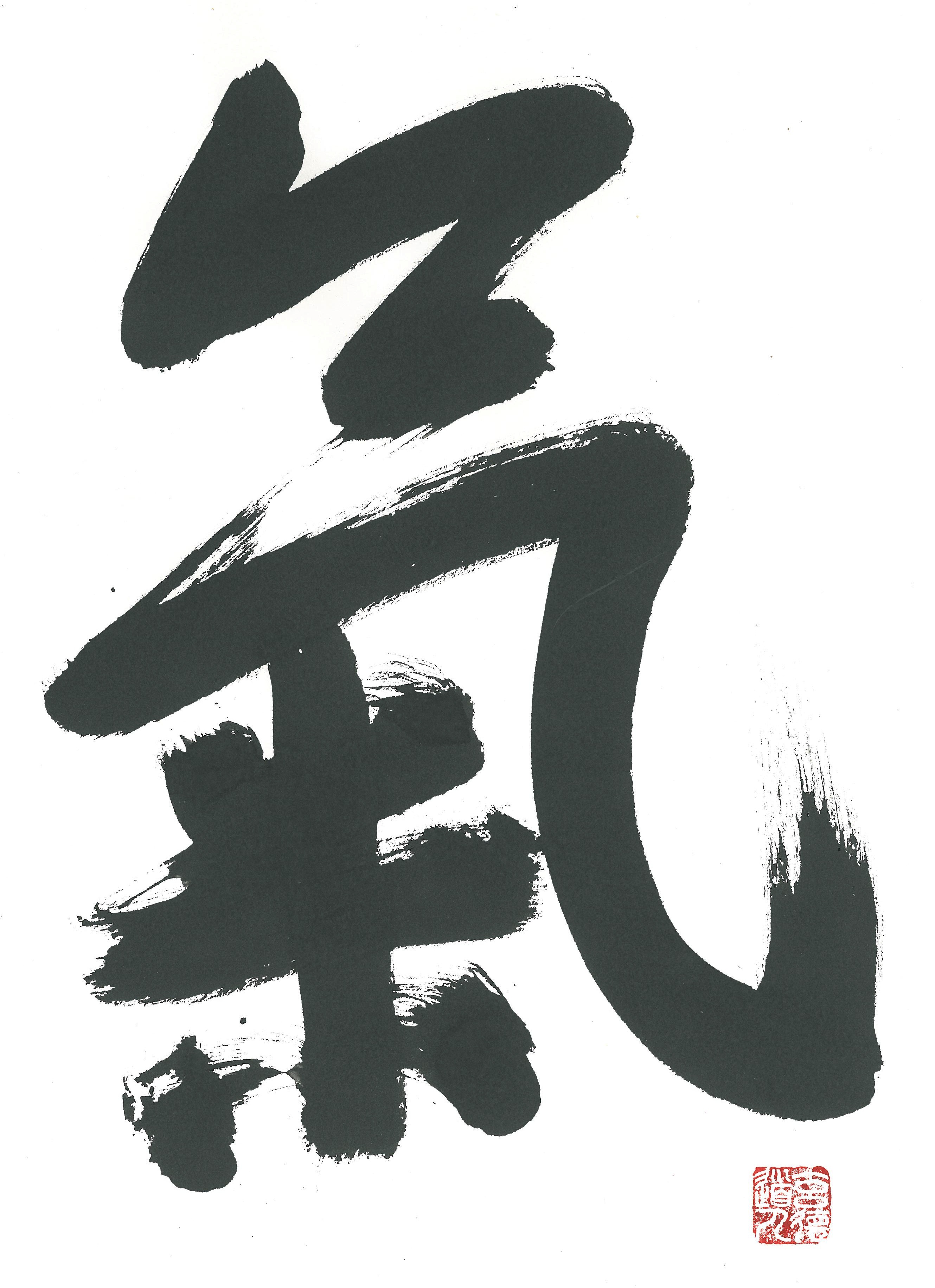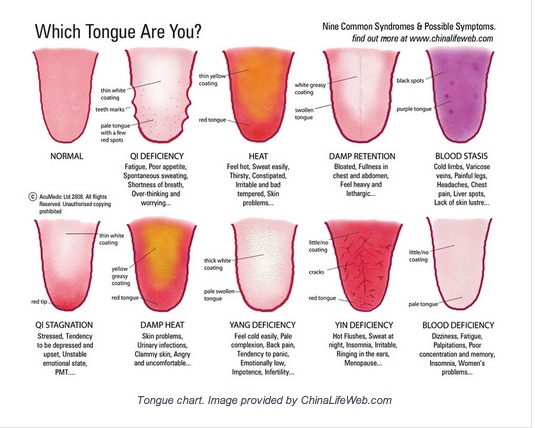Tips for Pain Relief

While good tips for any time of year, with summer's warmth and brilliance and our often consequently more active lifestyles, these suggestions for treating and preventing pain can be especially helpful.
1) Stretch -- upon waking and before bed
• Even while lying in bed, consider gentle movements like rolling your wrists and ankles a few times, maybe tense and release muscle groups in the legs and arms. Perhaps bring your knees to your chest, pause a few moments, and then possibly try a gentle spinal twist: while still on your back with knees bent, slowly shift your knees to one side, hold for a few moments, and then slowly bring your knees to center, pause and then try slowly shifting your bent knees to the other side.
• Sit up and try some shoulder rolls, circling forward for a few rotations, and then circling backwards a few more rotations. Try gently tilting one ear in the direction of the same side shoulder (no need to touch the ear to the shoulder), return the head slowly upright and then try the other side.
• Standing, consider slowly rocking or rolling your hips, in a circle parallel to the floor. After a minute or so of that exploration, bend your knees and place your hands on your bent knees, lean into your hands on your knees and feel your back gently elongate, hold for a few breaths -- then use your ab muscles super slowly to roll your back up to return to standing. Pause and the raise your arms above your head, however far you find comfortable. Perhaps take turns reaching one hand higher than the other to the sky. Return your arms to your sides, and give your body a good, little shake.
The key is to move slowly and gently and to focus on what you feel as you are doing it....
Always ask yourself if you can feel tension anywhere in your body, and listen closely as you explore each movement. And lastly, breathe deeply, in and out, as you go.
If you have any questions on what these exercises might look like, let me know!
2) Drink Water --
Proper hydration is as important as ever in the summertime -- although indoor heat in the winter makes this a good year-round practice, too. To make sure you're getting the most out of the water you are drinking, consider boosting the electrolytes with the following tips.
In a half gallon glass jar or pitcher of room temperature water (no ice!), add:
• a pinch or two of good quality salt (like pink Himalayan)
• some slices of lemon, or cucumber, or parsley, or mint, or peaches or berries (feel free to get creative with your combos, picking one herb and one fruit to start)
• Strain out the fruits and herbs before pouring a glass of water to drink, but let the herbs and fruit sit in the jar all day, adding more water as needed to the jar (discard at the end of the day, or before, if needed).
3) Avoid Sitting for Too Long --
Whether at your desk, or on a car trip, or an airplane, take breaks to stop and move about -- every hour or two, maybe even more often if that feels better for your body.
The more you can move, the better your body and energy levels will be at the end of your day, which in turn will help you enjoy the journey, as well as when you arrive at your destination in good health.
May you enjoy the season pain-free!


 Heather Spangler, L.Ac.
Heather Spangler, L.Ac.